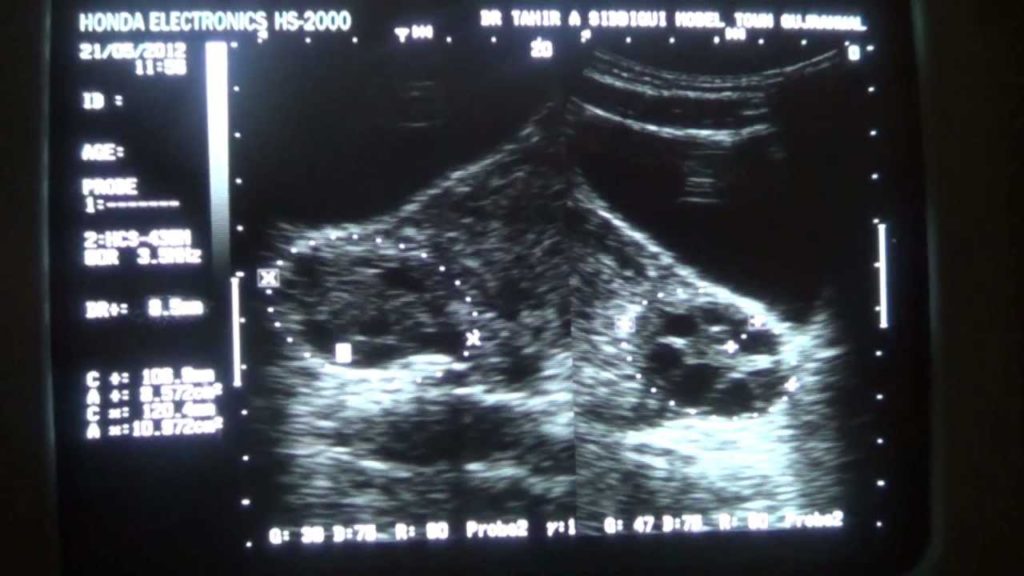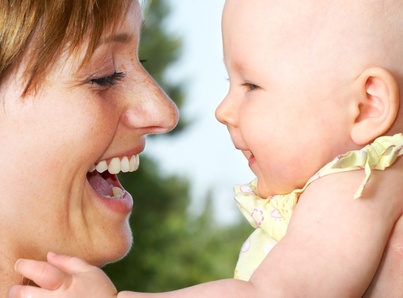
New research led by the University of Cambridge suggests that autism can be detected at 18-30 months using the Quantitative Checklist for Autism in Toddlers (Q-CHAT), but it is not possible to identify every child at a young age who will later be diagnosed as autistic. The results are published today in The BMJ Paediatrics Open.
The team at the Autism Research Centre in Cambridge conducted a prospective population screening study of nearly 4,000 toddlers using a parent-report instrument they developed, called the Quantitative Checklist for Autism in Toddlers (Q-CHAT). Toddlers were screened at 18 months and followed up at 4 years.
The Q-CHAT is a revision of the original CHAT first published by the same authors in the 1990s. It retains the key items but includes additional items that examine language development, repetitive and sensory behaviours, as well as other aspects of social communication behaviour. Each of the 25 items contains a range of response options, allowing for the endorsement of a reduced rate of key behaviours. In effect, this ‘dimensionalises’ each item (using a five-point scale of frequency), allowing for variability in responses and a better understanding of the distributions across the specific traits. The revision was motivated by trying to improve on the accuracy of screening toddlers for autism.
In the new research, in phase one, 13,070 caregivers were invited to complete the Q-CHAT about their child at 18-30 months. 3,770 caregivers returned the Q-CHAT, of whom 121 were invited for an autism diagnostic assessment.
In phase two, the sample was followed up when the children were 4, using the Childhood Autism Screening Test (CAST), and a checklist enquiring whether any of the children had been referred or diagnosed with any developmental conditions, including autism. Autism assessments were made using internationally recognized methods.
The sensitivity (the proportion of autistic children correctly identified by the Q-CHAT as being autistic) of the Q-CHAT in predicting autism at phase two is 44%, and the specificity (the proportion of children who are not autistic and who are correctly identified by the Q-CHAT as not being autistic) is 98%. Results also showed that the ‘positive predictive value’ (the proportion whose screened positive on the Q-CHAT who were found to be autistic) is 28%.
This study demonstrates that early detection and diagnosis of autism is possible using the Q-CHAT, since all 11 children who were classified as autistic scored at or above the cut-point of 39. The Q-CHAT did not identify all children during toddlerhood who were later diagnosed with autism at age 4. This likely reflects that some autistic children do not show symptoms of sufficient severity until later in childhood.
In other studies the team have found some autistic people do not receive a diagnosis until their teens or even adulthood, perhaps because family support cushions the need for a diagnosis until social demands increase, for example at transition to secondary school or transition to adulthood.
Dr Carrie Allison, Director of Research Strategy at the Autism Research Centre, and who led the study, said: “This study tells us that autism can be detected during the toddler years, and that other children may only be identified as autistic later. Repeat screening and surveillance across development may be a better approach rather than relying on a single time-point.”
Professor Tony Charman, Professor of Clinical Child Psychology at Kings College London, and a member of the team, said: “Screening for autism in infancy means that children can be fast-tracked into early intervention, which we know can lead to better outcomes for many children. This is an exciting advance because most other autism screening measures in toddlers have not been subject to rigorous population studies of this kind.”
Professor Sir Simon Baron-Cohen, Director of the Autism Research Centre and a member of the team, said: “25 years ago our team was the first to show autism could be screened and diagnosed as young as 18 months of age. This new study shows how our original screening instrument – the CHAT – has been revised into a better instrument – the Q-CHAT, which can pick up children who need an autism diagnosis. Early detection means happier, healthier, children and families because they can be targeted with support.”



